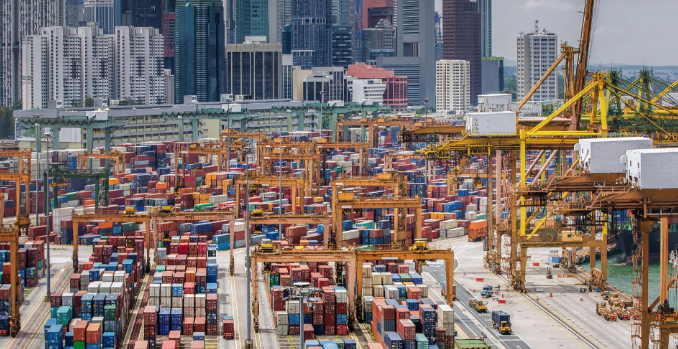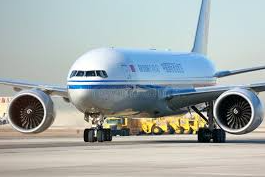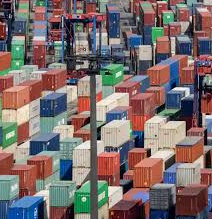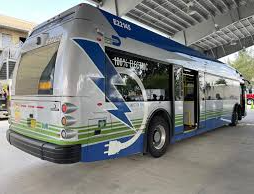Massive investment aimed at tackling congestion and modernising port operations
SINGAPORE – In response to the global supply chain crisis, Singapore is moving forward with a bold S$20 billion (US$14 billion) project to develop the world’s largest automated port by 2040. This ambitious plan aims to double the current port capacity and incorporate advanced technologies such as drones and driverless vehicles. The city-state has already begun operations at two new berths and is continuing construction on the next phase of the mega-port.
The urgency of expanding port capacity has grown as the pandemic disrupted traditional shipping schedules. Global trade has struggled with delays, exacerbated by lockdowns in China and the war in Ukraine. Ports have become major bottlenecks in the global supply chain, with outdated technology, limited space, and worker shortages contributing to inefficiencies.
Singapore’s port, located in the strategic Strait of Malacca, has remained a key player in international trade, handling the highest volume of trans-shipped cargo in the world in 2020. “Singapore is setting itself as a benchmark for other ports,” says Choi Na Young Hwan, head of logistics at the Korea Maritime Institute.
Space and Investment
Space constraints have long been a challenge for ports handling thousands of containers daily, a problem highlighted during the pandemic when docks overflowed. Despite its limited land area, Singapore has begun reclaiming land on its west coast to build the new Tuas port. The port is expected to reach a capacity of 65 million twenty-foot equivalent units (TEU) by 2040, significantly expanding Singapore’s ability to manage container traffic.
This development, which began in 2013, is considered forward-thinking, especially as many other countries have been slow to invest in port infrastructure. With Tuas’s capacity coming online, Singapore will be able to manage its growing port needs even amid ongoing global capacity challenges.
Infrastructure Upgrades
Once Tuas is completed, all of Singapore’s current city terminals, including those at Tanjong Pagar, Keppel, and Brani, will be moved there by 2027, consolidating operations and improving efficiency. The relocation aims to streamline container handling and reduce traffic congestion, which has been a key issue for ports globally.
Technological Innovations
Beyond expanding physical infrastructure, Singapore is also investing heavily in automation and smart technologies. The port will feature automated guided vehicles to transport containers between yards and berths. Drones will assist with shore-to-ship deliveries and security checks. These advancements aim to reduce manpower needs and improve operational efficiency, a crucial step as the global labour market remains tight.
Singapore is also embracing digital transformation by accepting electronic bills of lading, eliminating the need for physical paperwork, which became a significant bottleneck during the pandemic. This move positions Singapore as a leader in digitising port operations.
One-Stop-Shop Strategy
The port’s strategy extends beyond just shipping operations. Singapore aims to become a one-stop hub, providing services such as banking, refuelling, and container storage, to attract more ships and streamline port visits. This approach makes the port more competitive, particularly as global shipping routes reassess their stopovers due to increased delays.
While Singapore benefits from strategic advantages, such as its role as a trans-shipment hub and government control over labour, its ambitious plans could offer valuable lessons for other ports facing similar challenges. As Jeremy Nixon, CEO of Ocean Network Express, states, “Every country needs to ensure smooth container operations because failing to do so is a cost to the economy.”
Singapore’s US$14 billion project is not only setting the stage for the future of its port but also positioning itself as a leader in modernising global shipping infrastructure.








